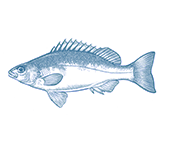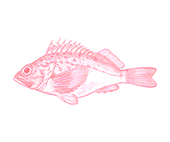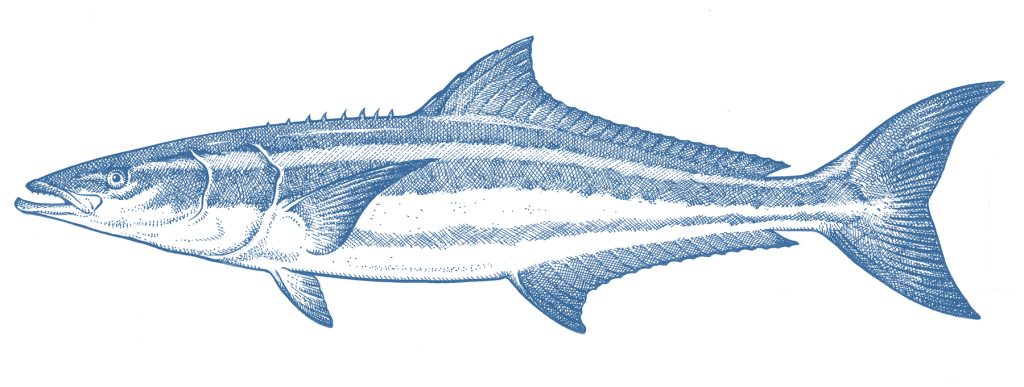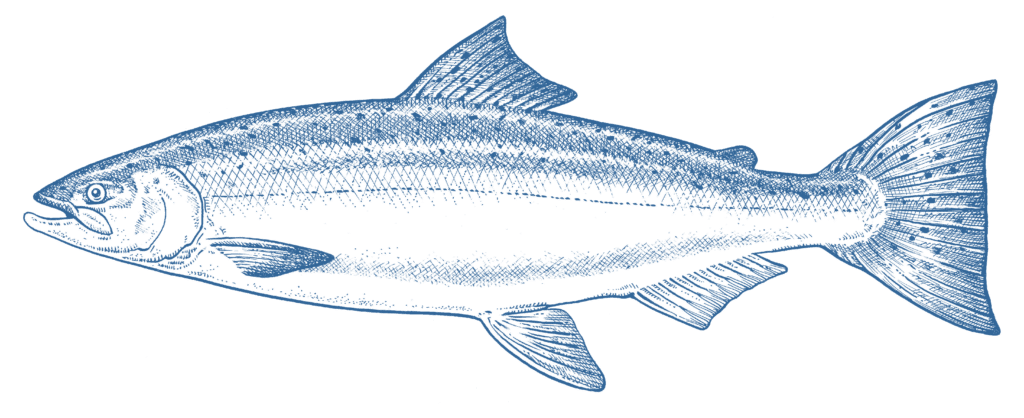




- Say No
Farmed
Region:
Australia
- Southern bluefin tuna is 'ranched' in sea cages off the coast of SA. This involves capturing schools of wild migrating fish in purse seine nets and ongrowing them in seacages.
- Southern bluefin tuna is listed by the IUCN as an endangered species, though the population is increasing, to an estimated 23% of the unfished level in 2023.
- The majority of ranched southern bluefin are juvenile fish, captured from the wild and ongrown to market size before having an opportunity to breed and contribute to the wild population.
- The fishery is managed by an international collaborative body that includes representatives of the nations that fish the species. Management initiatives to protect the species have been difficult to implement, although there has been notable progress in recent years.
- Southern bluefin tuna is a top predator, and requires high inputs of wild-caught fish to grow to marketable size in farms. Southern bluefin tuna is likely the least efficiently fed aquaculture species in Australia, with many times the quantity of wild-caught fish required to produce a given unit of farmed southern bluefin tuna.
- Southern bluefin tuna is farmed in sites that are relatively highly exposed to wind, waves and currents. This means that fish farm effluent appears to be effectively dispersed and assimilated by the surrounding environment.
- Australian production (SA: 7,600t in 2021)
Southern bluefin tuna is mainly caught in purse seines in Australian waters which are transported to large sea cages off South Australia and ‘ranched’ (grown on in fish farms) until they reach the desired market size.
The majority of southern bluefin tuna caught for farming purposes are juveniles, so have not had an opportunity to breed before being farmed and harvested.
Southern bluefin tuna is listed as endangered’ on the IUCN Redlist due to historic overfishing from a number of nations, including Australia, Japan, Taiwan and New Zealand.
The southern bluefin tuna population is managed internationally by a body that includes representatives of the fishing nations that fish the species (the Commission for the Conservation of Southern Bluefin Tuna). Populations have shown a clear recovering trend in recent years, to reach an estimated 23% of their unfished level in 2023. This is above the level where targeted fishing is considered legally permissible for most other Australian Commonwealth-managed fisheries, and continued overfishing is highly unlikely, but the population remains below a healthy and resilient level.
Southern bluefin tuna are top predators that have a high dependency on wild caught fish in ranching operations. Accessing information on the ranching process is difficult, but research reports suggest that it takes between 8-12kgs of wild caught fish to grow 1kg of Southern bluefin tuna. This figure represents likely the least efficient feeding regime of any finfish species commercially farmed in Australia. The majority of fish used to feed southern bluefin tuna comes from the sardine fishery managed by SA, which has an Amber GoodFish ranking as a result of concerns over dolphin mortalities.
Reporting of interactions between farming operations and marine wildlife is of some concern, as while there is no evidence of serious impacts on any wildlife species, access to contemporary data on wildlife interactions is difficult, and it is not clear that available best practice approaches to minimise wildlife impacts are being applied.
Southern bluefin tuna are farmed at sites around the entrance to SA’s Spencer Gulf, that have a relatively high exposure to wind, waves, and currents. This gives them the capacity to rapidly disperse and assimilate effluent and uneaten feed, such that there is no evidence of serious impacts to the surrounding environment. Farm sites undergo lengthy fallowing periods between production cycles, allowing habitats under fish farms to recover.
The majority of southern bluefin tuna ranched in Australia are exported to Japan. There is a limited market in Australia.





